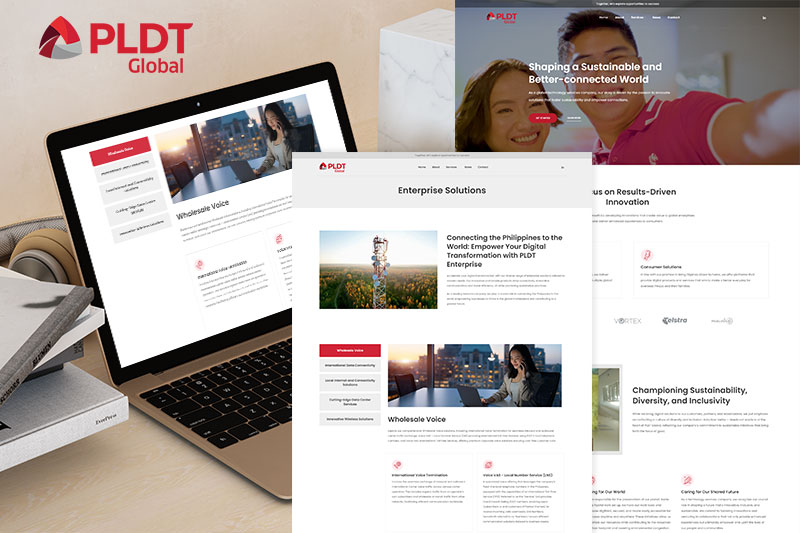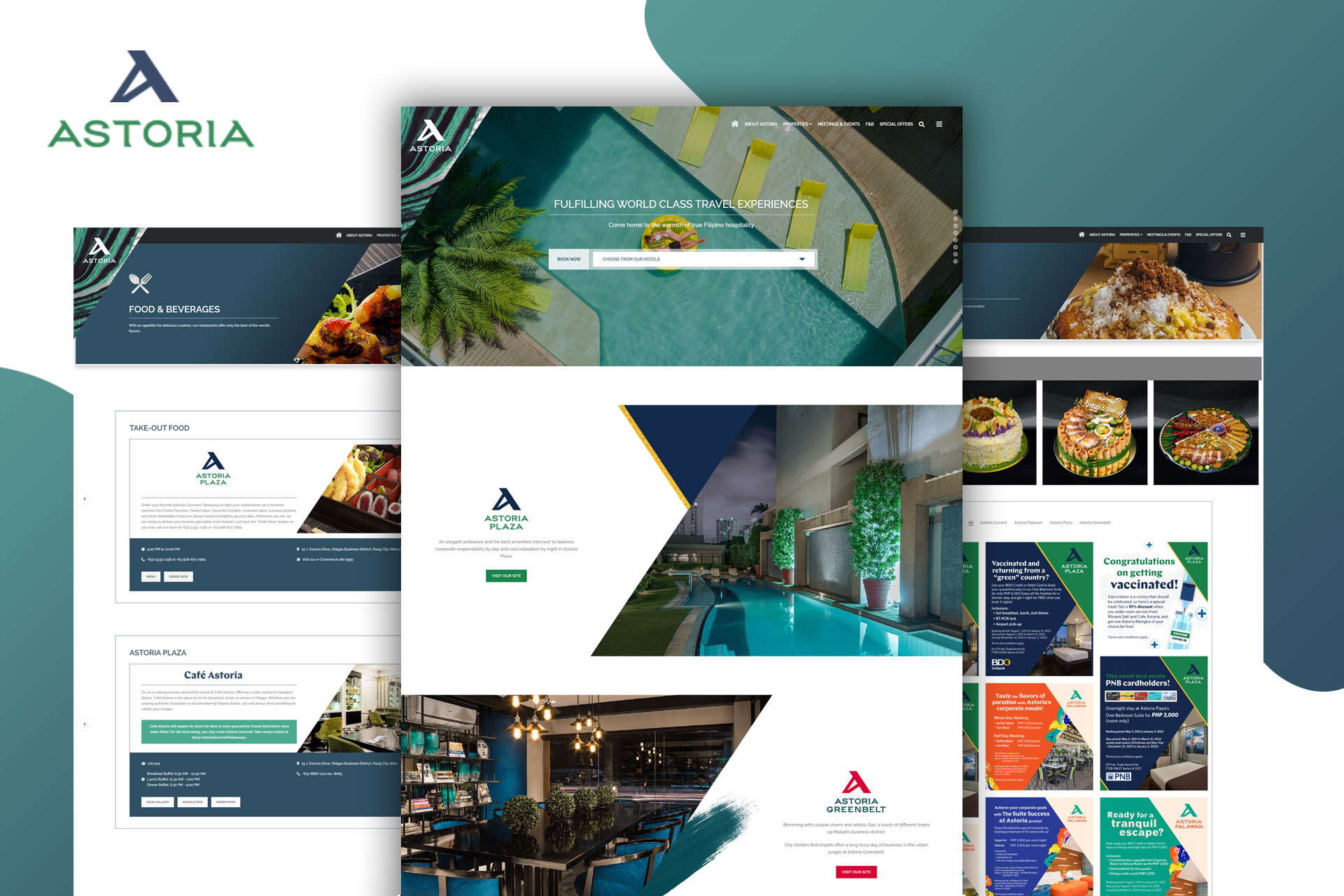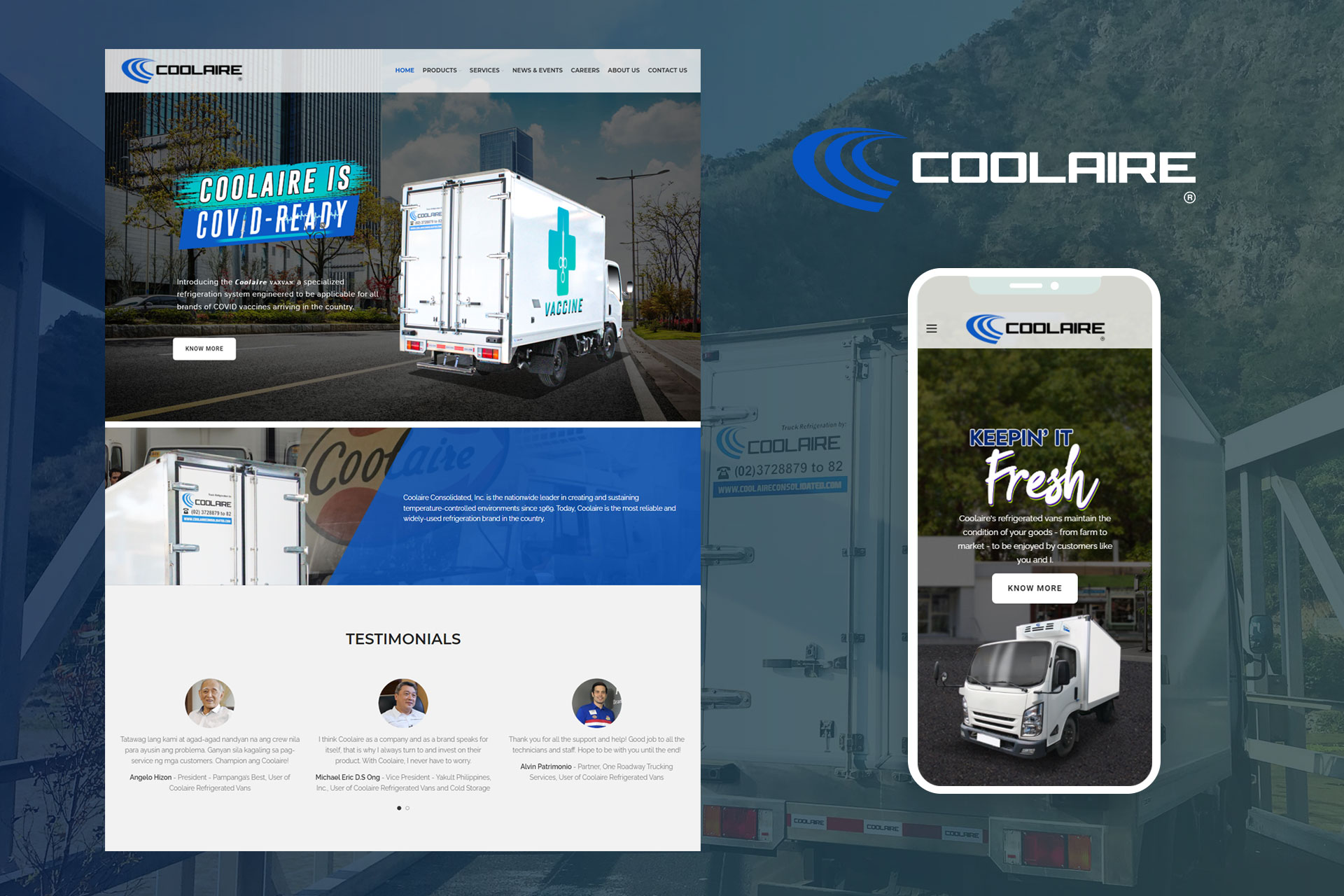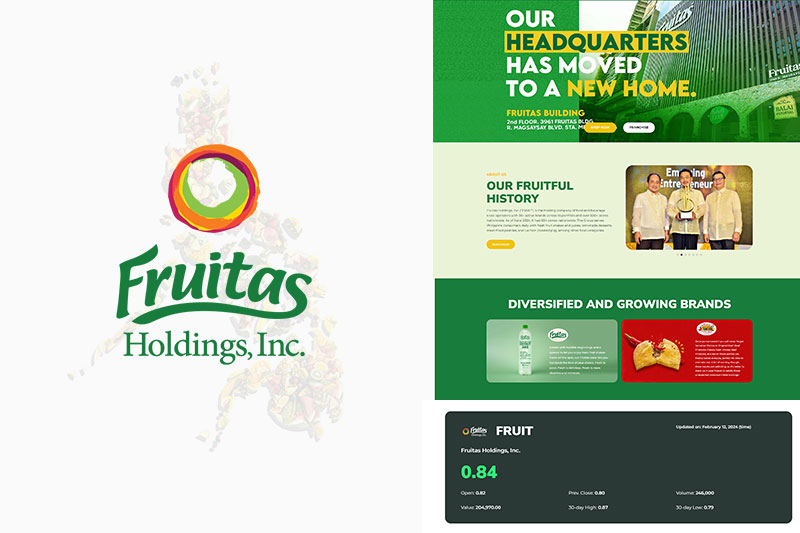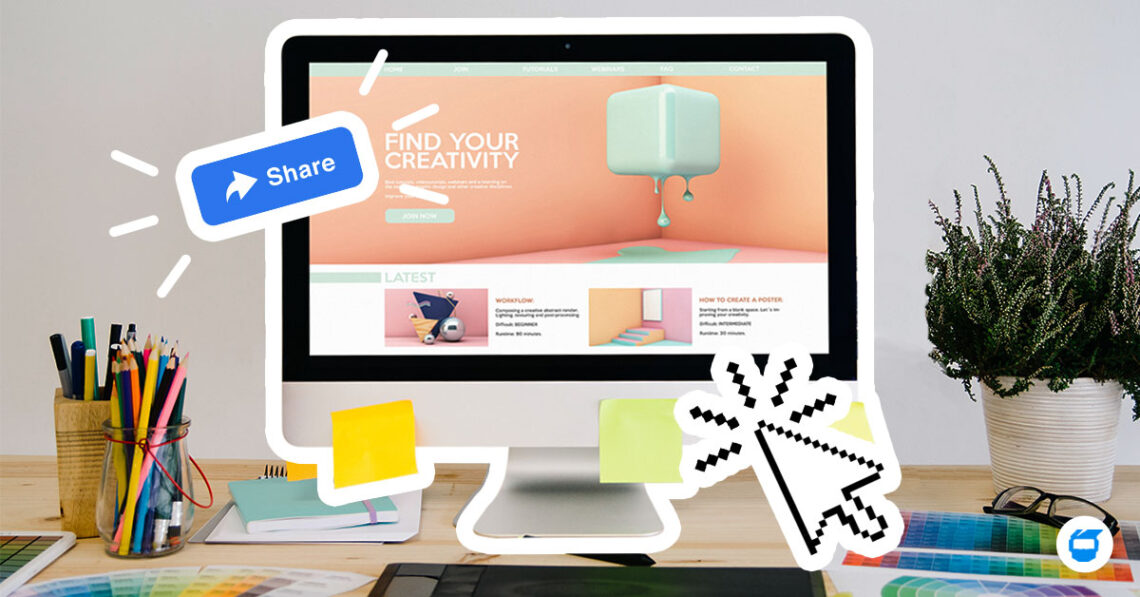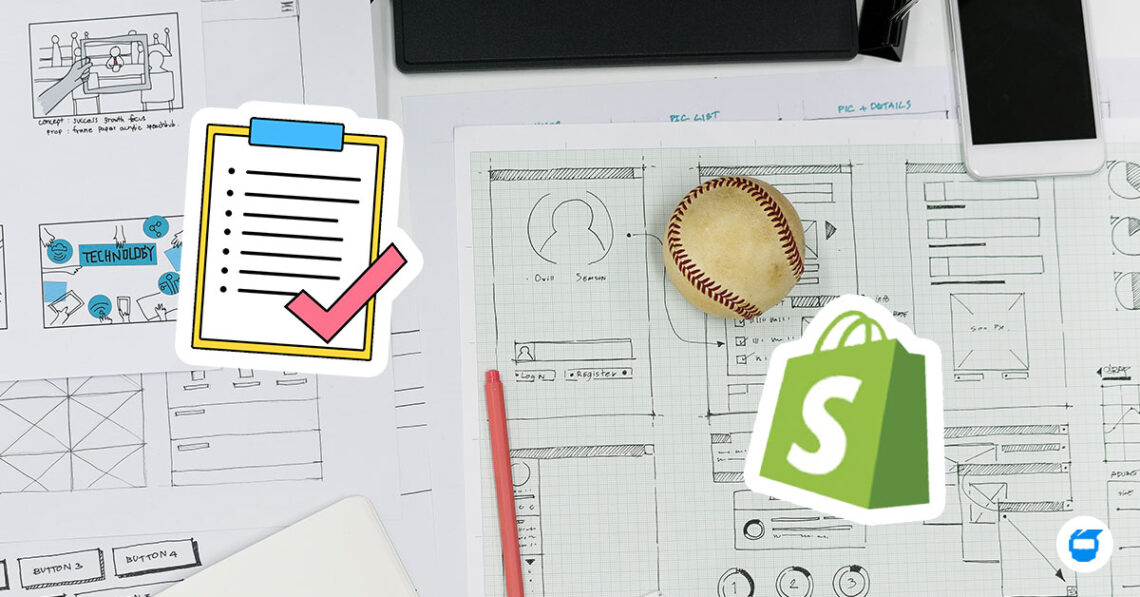Brand identity is crucial for every business because it is what determines how you want your target audience to perceive your brand — your products and services, as well as other elements that come with it. However, it can also be a challenge to keep your identity intact in marketing if you were not able to establish what your brand is all about in the first place. Having a substandard brand design for your business may create a bad impact on your marketing efforts, thus, resulting in your target customers perceiving a different view of your business altogether. Instead of establishing trust, credibility, and a good relationship with your customers, you are building something else, which will draw them away from your business. On the other hand, when branding is done right, it enables you to carry out a more successful marketing and build better relationships with your customers, leaving you with more loyal customers in the long run.

Related: Why is Branding Important for Your Business?
Doing business is an investment, so you can’t stay clueless or unaware of how to grow it. Your brand identity needs to be set in place, but to be able to do that, you will also need to weed out things that can potentially hurt the growth of your business. You can start by looking into what you are doing wrong, and from there, come up with better strategies and plans. That’s why in this article, we have listed down signs that show your business lacks brand identity.
1. Your Brand Lack Consistency
Not having brand consistency rids you with the opportunity of being able to build any brand recognition, making it difficult for your target audience to keep your brand on top of their minds when it comes to a certain product or service. Without consistency, you won’t be able to connect well with them since it will be confusing as to what your brand is really all about.
One of the ways to maintain proper brand consistency is to set guidelines because this will help you be more clear with your marketing campaigns. 85% of companies have brand guidelines, but unfortunately, out of that large percentage, only 30% of companies enforce those guidelines. This now results in 77% of businesses coming up with content that are irrelevant to their brand identity.
If you are guilty of any one or all of these factors, then your brand may be lacking in the consistency department:
Inconsistent With Messages
Your messages are important when you are trying to build a suitable brand identity. This can either make or break the rapport you are trying to build with your customers. That’s why being inconsistent with your messages on various platforms may cause confusion. It can lead your customers to rethink of buying from your business and may opt to go for other brands that are more consistent with their statements.
- Do keep your messages simple and straightforward. People don’t really read a long, wordy post from brands on social media — they just want answers to their questions. So you just have to give it to them straight.
- Highlight important details of your messages and skip the irrelevant parts that won’t serve any purpose.
Inconsistent With the Tone of Voice
Each and every company or business has a varying approach to their customers. Meaning, they have different tones that they would like to have in order to create a vibe that will suit their brand and market. The tone of voice contributes to how your customers will remember and perceive your brand, being inconsistent with it will not be helpful, especially when you are just starting out.
Do you want a lively and friendly tone? O does your brand and market better resonate with a formal or semi-formal tone of voice? Decide on that and see to it that you stick to a certain tone of voice across all social media platforms and even on your website. Avoid drastically changing from one tone of voice to another.
Inconsistent Fonts on Your Website, Social Media, and Business Cards
When you’re establishing a brand identity, even small things become big things, such as the fonts you use on your website, social media, and business cards. The fonts you use on your Instagram and Facebook stories should be consistent with the ones you use on your website and business cards. It’s not a matter of “Oh maybe I’ll use this font for today’s post because I feel like it” kind of thinking.
Even if it may not seem like it, customers do pay attention to the fonts you use. And being inconsistent with it may lead them to question whether your products and services are worth the try. In fact, statistics show that 75% of consumers judge a business based on its website design, which means you have to look into those details as well because it can possibly affect your sales and engagement. Customers will likely go for a business with a clean and informative website than for a website that has inconsistent fonts and messages all over it.
Brand consistency is necessary for you to be able to stand out from other competitors and make your own mark on your target audience, providing you with more ways to engage and encourage sales.
2. You are Not Present on Any Social Media Platform
You have got to understand that we are already living in the digital age where various online platforms are created and some other ones are being developed to enhance communication and business transactions. Not being present in any social media platform, particularly the popular ones such as Facebook, Instagram, LinkedIn, YouTube, and TikTok, is not getting your brand involved with the majority of your target audience — which is very important if you are just starting out and have not yet built a positive impression to your market.
Even big brands and corporations from different industries today make use of social media to widen their scope of reach, so you ought to do the same as this helps boost your online presence. On top of not having social media presence is not having a proper website that potential customers can visit to check your brand out. Having a web design that’s able to showcase your brand is also essential in this online world because it adds to your brand credibility and provides your customers with more ways to verify your identity. Remember: if you are not online, you don’t exist.
Related: How Social Media is Reshaping Our Business
Your Logo Doesn’t Represent Your Brand
It is a myth and a misconception that branding is all about the logo. However, it doesn’t disregard the truth that the logo still plays a significant role in your brand identity. The logo allows your customers to remember you and it is what potential customers see when they first come across your business. You don’t need to place way too many elements all in just one logo; you just need to put the ones that will help represent the most essential aspects or elements of your brand and will make people understand what your brand is all about. Even the bigger, more established brands don’t incorporate that much elements in their logos. They just include the most distinctive elements that enable people, especially their target audience to recognize them.
Here’s how you can make a good logo, according to David Airey, a graphic designer that specializes in logos and visual identities:
Keep it simple
- A simple design is easier to recognize and at the same time are more versatile compared to ones that have intricate designs. It is simple, yet effective.
Make it relevant
- A logo should be relevant to the business it is trying to identify. Keep in mind that a logo doesn’t have to look so complex just to be able to explain what your business does.
Aim for distinction
- Focus on what will make your design more recognizable through its shape. Incorporating black and white into your design will help to create more distinctiveness since they highlight the shape and idea of the logo.
Commit to memory
- Think of a design that onlookers will be able to remember even after a quick glance.
Think small
- Simplicity is key when you’re vying for a good logo. Go for a logo design that’s adaptable and will boost your chances of hitting on a design that’s going to last. Your logo should be at a minimum size of around one inch without loss of detail.
Focus on one thing
- Leave your clients with just one thing to remember about the design, something to help differentiate your brand design from others. Remember that customers don’t usually spend time studying every part of a brand’s logo since they usually take just one glance, so make it count!
4. You Use Stock Photos Instead of Your Own
To be fair, there is nothing wrong with utilizing stock photos, but you shouldn’t use them to represent your brand nor should you fully rely on them to help your brand make an impression. A lot of businesses today who opt not to hire a photographer for some product pictorial tap on resources like purchasing stock photos combined with editing skills using photo editing apps and software to create actual product images for their brand.
While you pay to legally use these stock photos and incorporate them into your own design, it is still not always the best solution when it comes to establishing a brand identity for your business. Then again, there is no problem with using these kinds of resources, especially as they are legally yours since you paid to use them, however, it can potentially decrease the trust of customers once you rely on stock photos all the time instead of actually taking photos of your own products. Trust is important if you want to establish credibility with your customers, and most of the time, they look at your products — because after all, your products are part of the brand.
Do you need help with the branding identity of your business? Contact us today, and we’ll be glad to assist you!


 Shopify Website Design
Shopify Website Design  Small Business Marketing
Small Business Marketing 